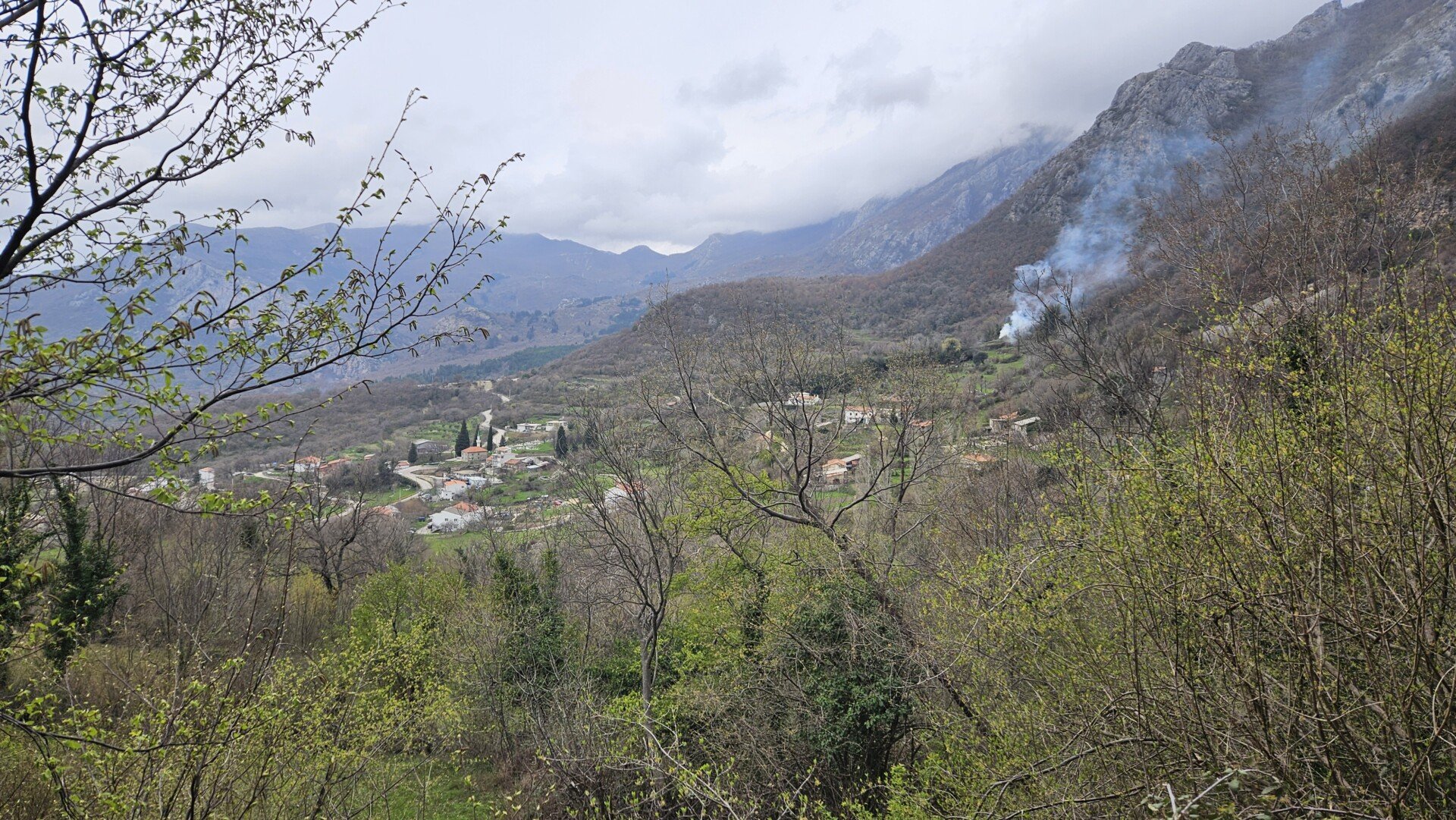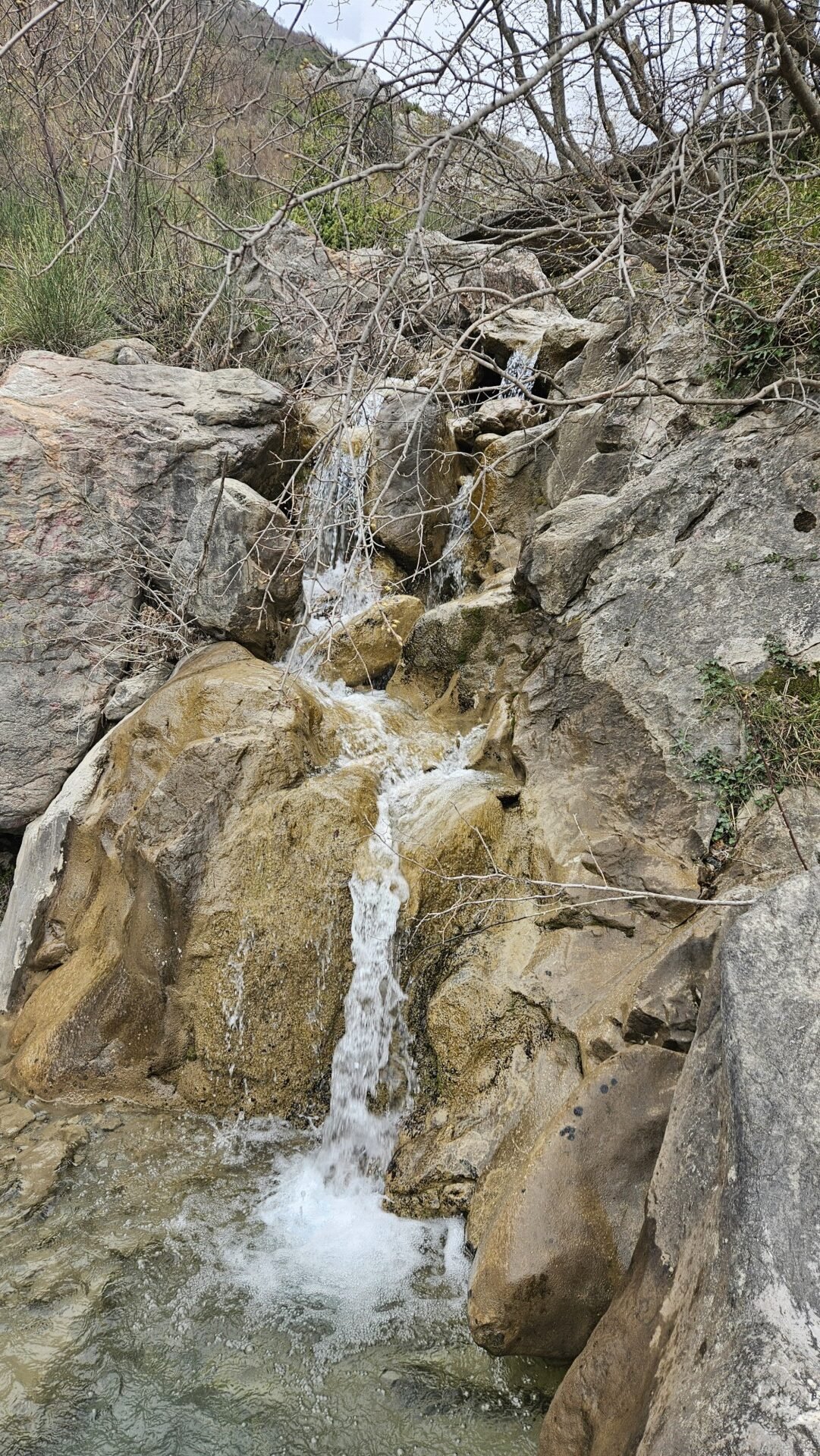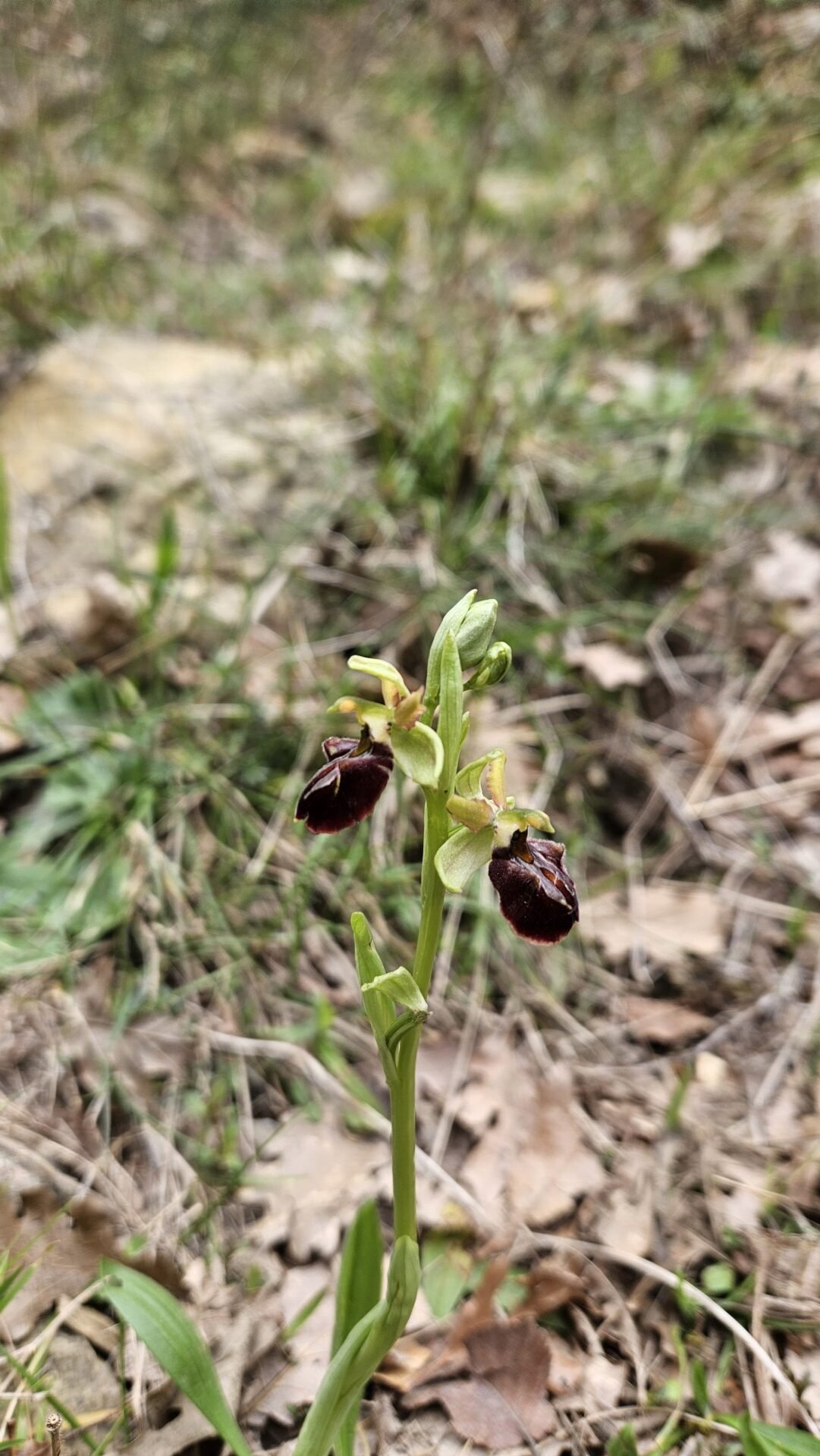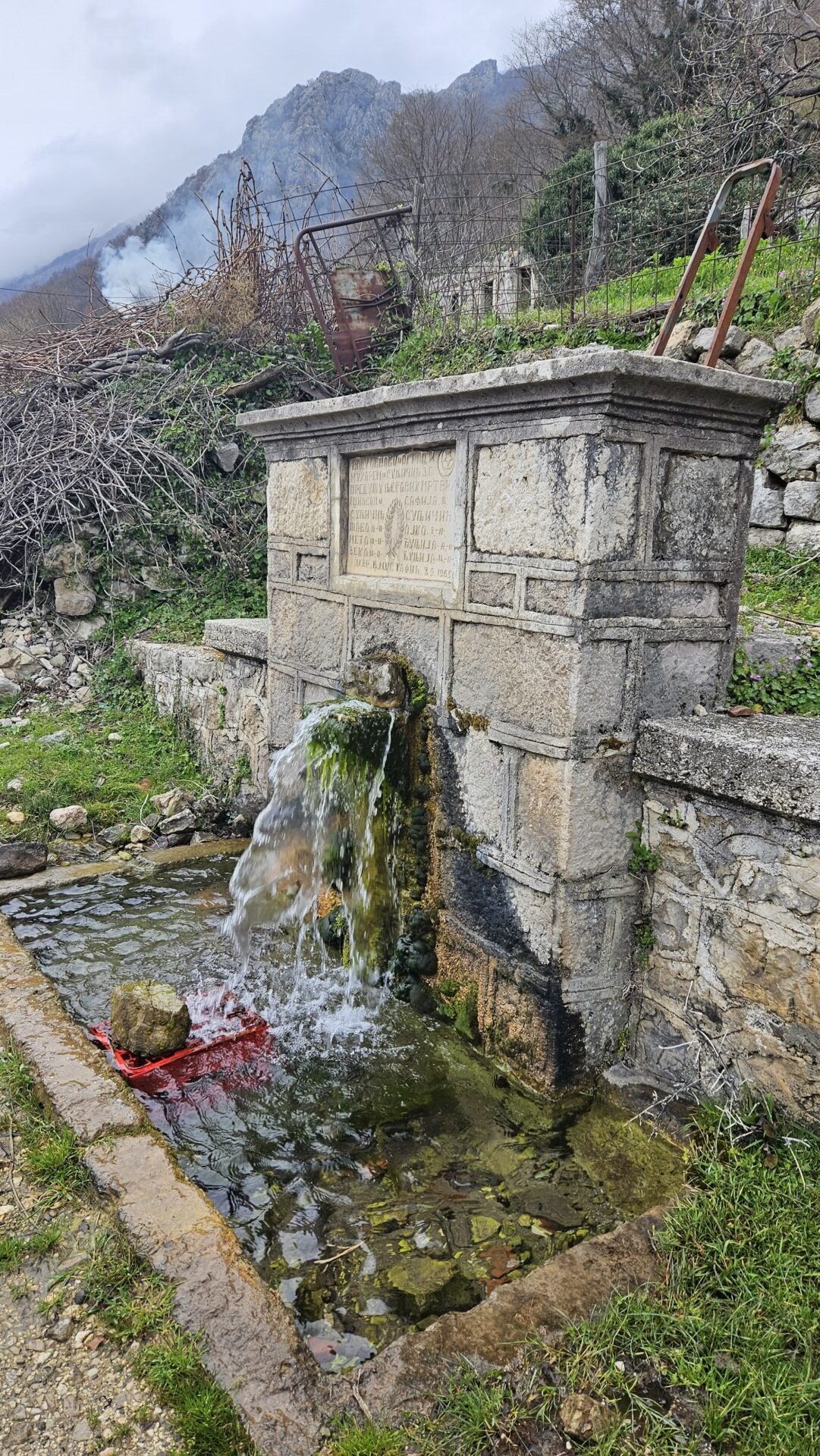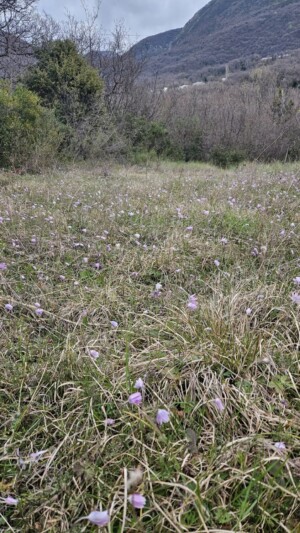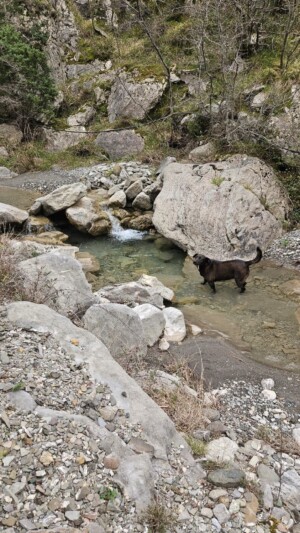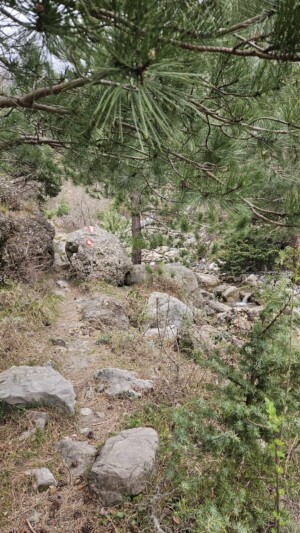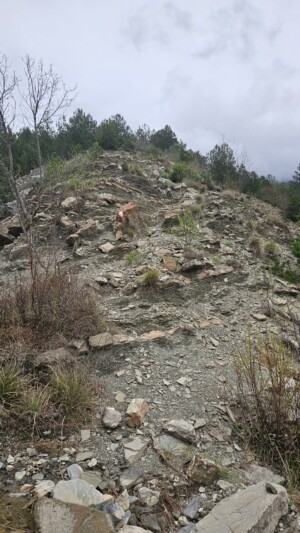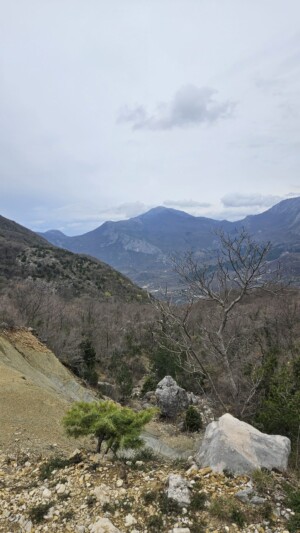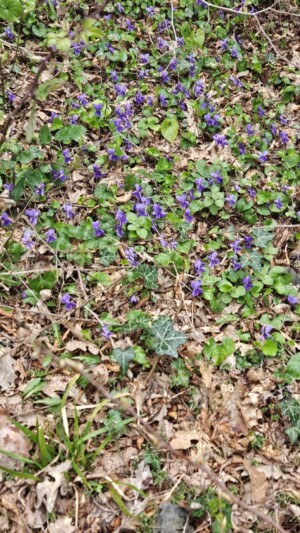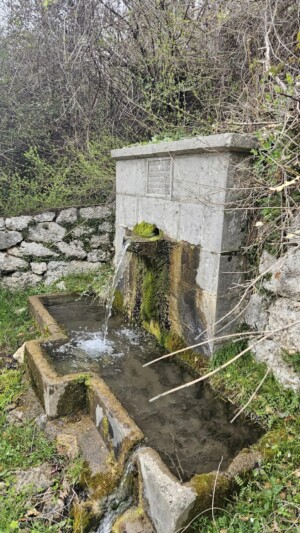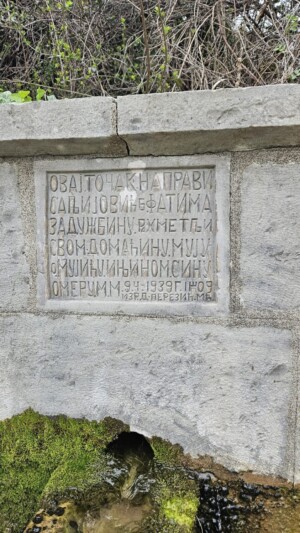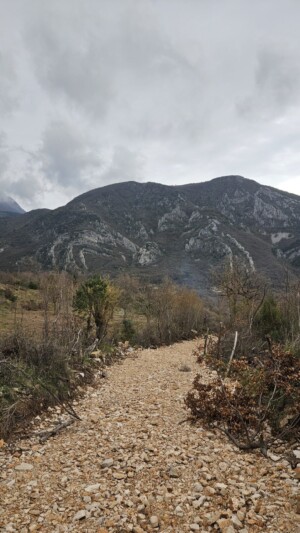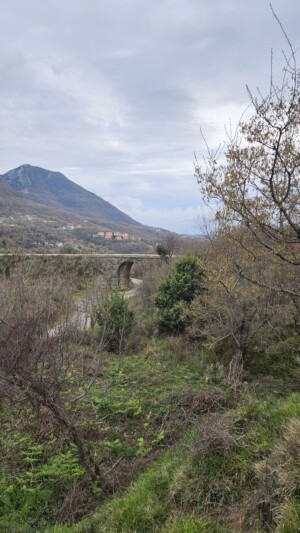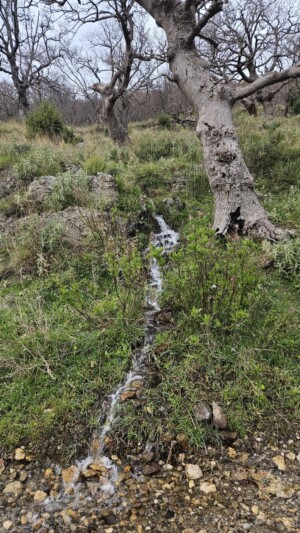On March 22, 2025, the Starlight group undertook an exciting hike along the route Stari Bar — Baltina — Gornje Selo — Zupci.
This route runs through picturesque areas of Montenegro, rich in history and natural attractions.
Stari Bar
Stari Bar is an ancient town located at the foot of Mount Rumija. It is renowned for its well-preserved ruins, reflecting the region’s rich historical heritage. The town was once an important commercial and cultural center, and its architecture combines various styles, bearing witness to centuries of influence from different civilizations.
Baltina
Unfortunately, detailed historical information about Baltina is limited. It is known to be a small settlement situated between Stari Bar and Gornje Selo, surrounded by scenic landscapes typical of Montenegrin nature.
Gornje Selo
Gornje Selo is a traditional Montenegrin village located in a mountainous area. Such villages are known for their authentic architecture and way of life preserved over centuries. The locals are often engaged in agriculture and livestock farming, maintaining traditional practices.
In the vicinity of Gornje Selo, there are several natural water springs that provide clean drinking water to both locals and travelers. These springs are highly valued for their purity and coolness, especially during the hot summer months. They are also popular rest spots for tourists, offering refreshment and the chance to enjoy the region’s natural beauty.
Zupci
Zupci is a small settlement known for its natural beauty and proximity to various hiking routes. The area attracts nature and history enthusiasts due to its combination of scenic views and cultural heritage.
The Ribnjak Monastery, located near the village of Zupci, is the only monastery in the Bar municipality with a historical lineage tracing back to the Nemanjić dynasty. It was founded in the 13th century by Queen Helen of Anjou, wife of King Uroš I Nemanjić. The name Ribnjak comes from the Montenegrin word for “pond,” referring to a nearby artificial water basin.
The modern monastery complex includes the main church of St. Basil of Ostrog the Wonderworker, a smaller church dedicated to the same saint located on Gradac hill above the monastery, a small chapel of St. John the Baptist, and several utility buildings. The upper church was built after the liberation of Bar in the late 19th century by order of King Nikola I of Montenegro. Unfortunately, it was destroyed in the 1979 earthquake.
After being reconstructed in 1994, Ribnjak Monastery was temporarily under the care of Ostrog Monastery. Since 2007, it has been independent and is now directly under the jurisdiction of the Metropolitanate of Montenegro and the Littoral of the Serbian Orthodox Church.
Ophrys oestrifera (Fly-Orchid Lookalike)
During the hike, we encountered a rare plant — Ophrys oestrifera, also known as the fly orchid lookalike. This is a perennial herbaceous plant from the orchid family, growing up to 40 cm tall. It features spherical root tubers and an inflorescence with 3 to 8 flowers. The perianth segments are pinkish-lilac, and the velvety, dark brown lip bears a distinctive pattern resembling a fly — a trait that aids in insect pollination by mimicry.
Ophrys oestrifera is found in Western Europe, the Mediterranean, and the Black Sea regions. In Russia, it occurs along the Black Sea coast of the Caucasus and in the Caucasus Mountains. It typically grows in light forests, shrubs, and meadows up to the mid-mountain belt.
The species is listed in the Red Book of Russia and is under threat of extinction due to flower picking, plant removal, and habitat disruption from construction activities.
The Starlight group’s hike along the route from Stari Bar to Zupci provided a unique opportunity to explore Montenegro’s historical and natural treasures — and to witness rare plant species in their natural habitat.

